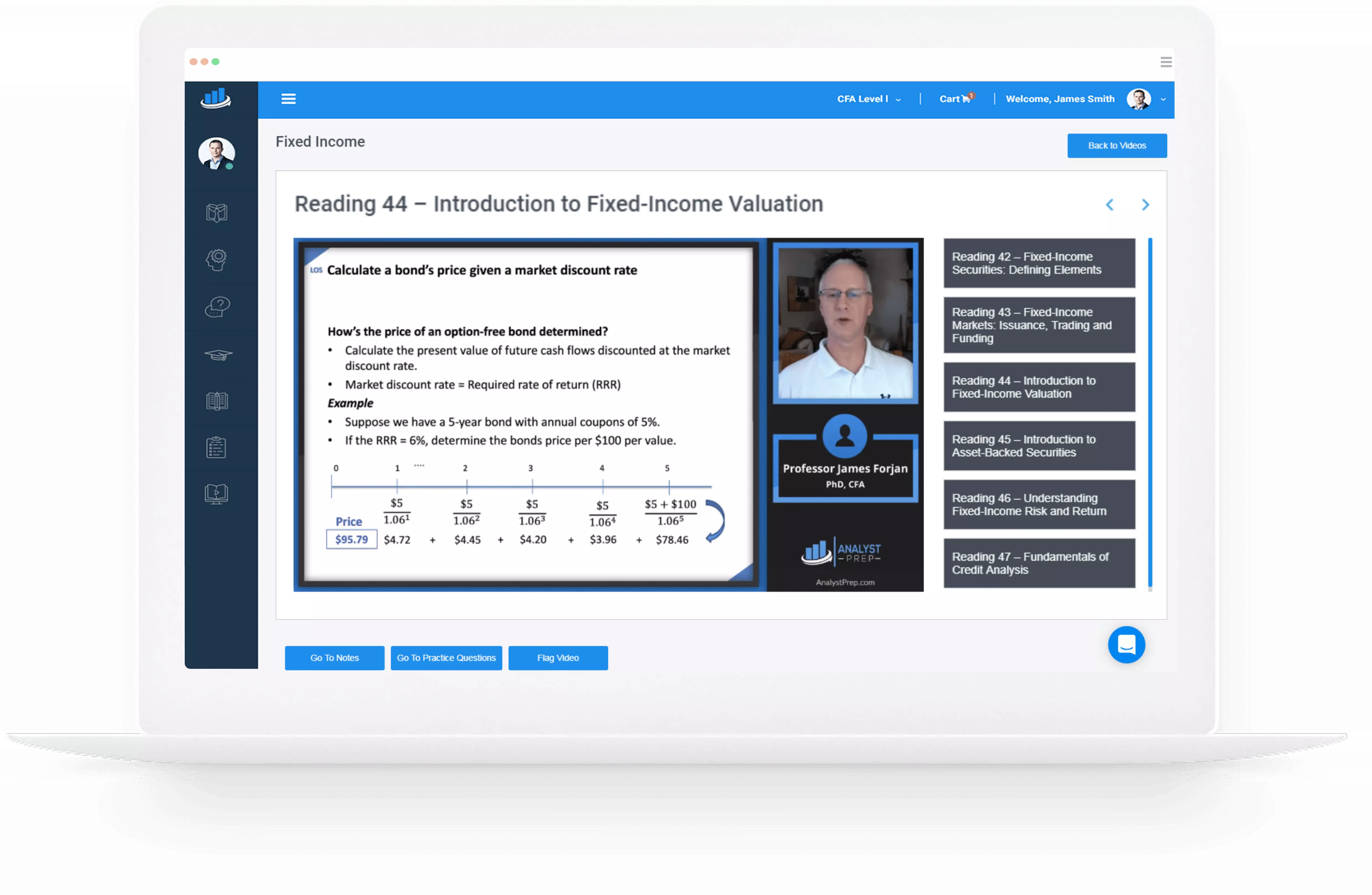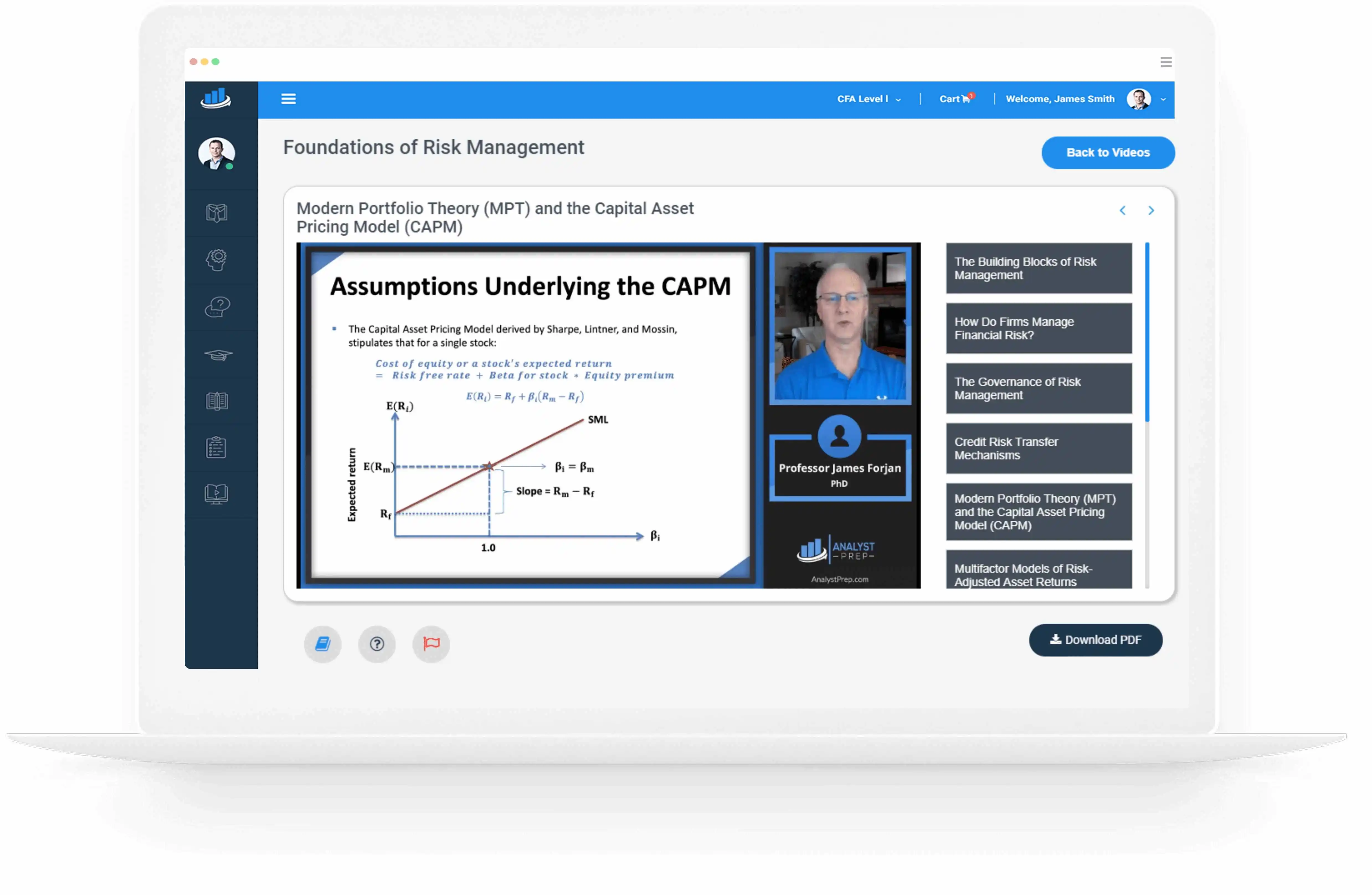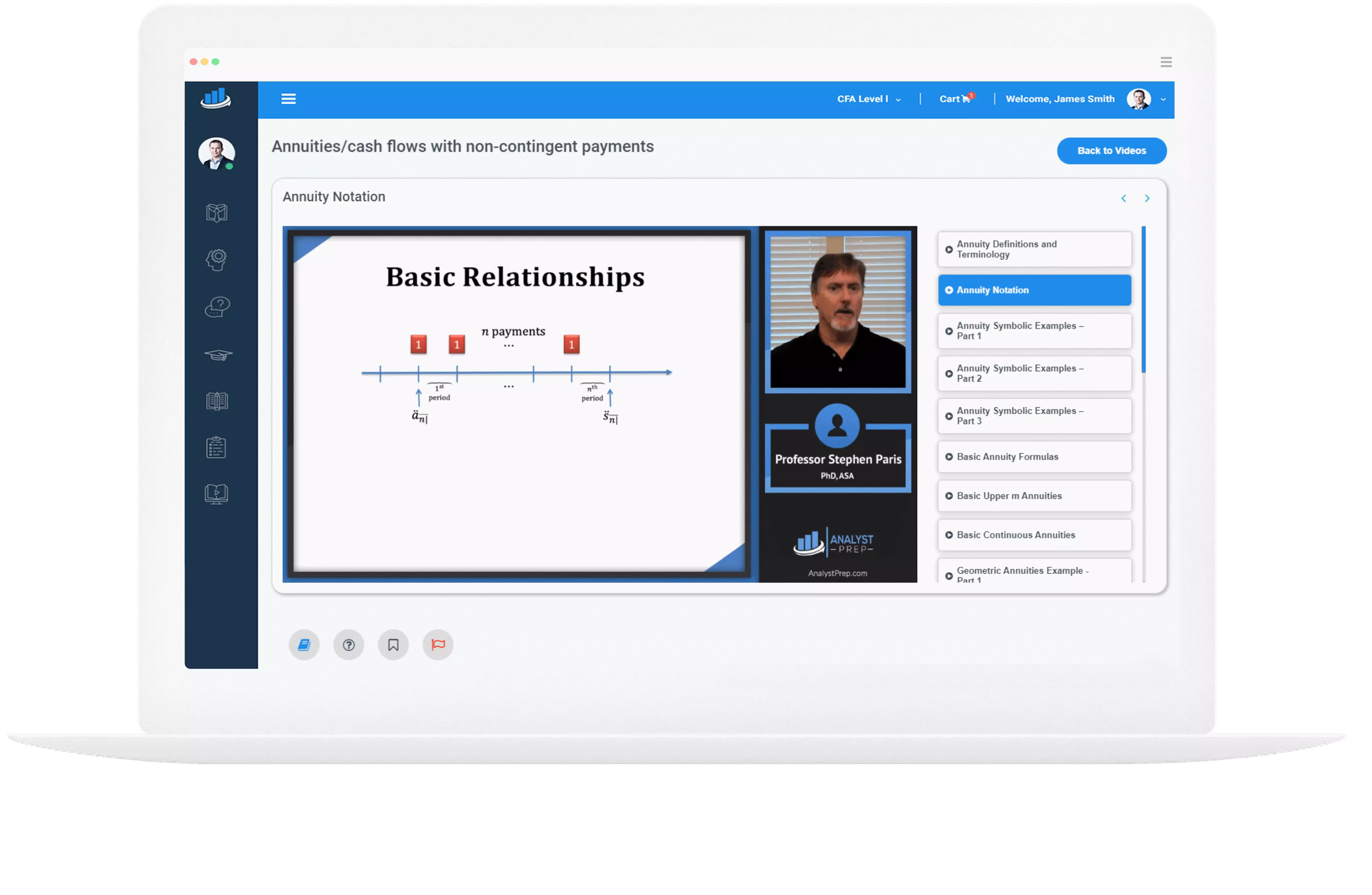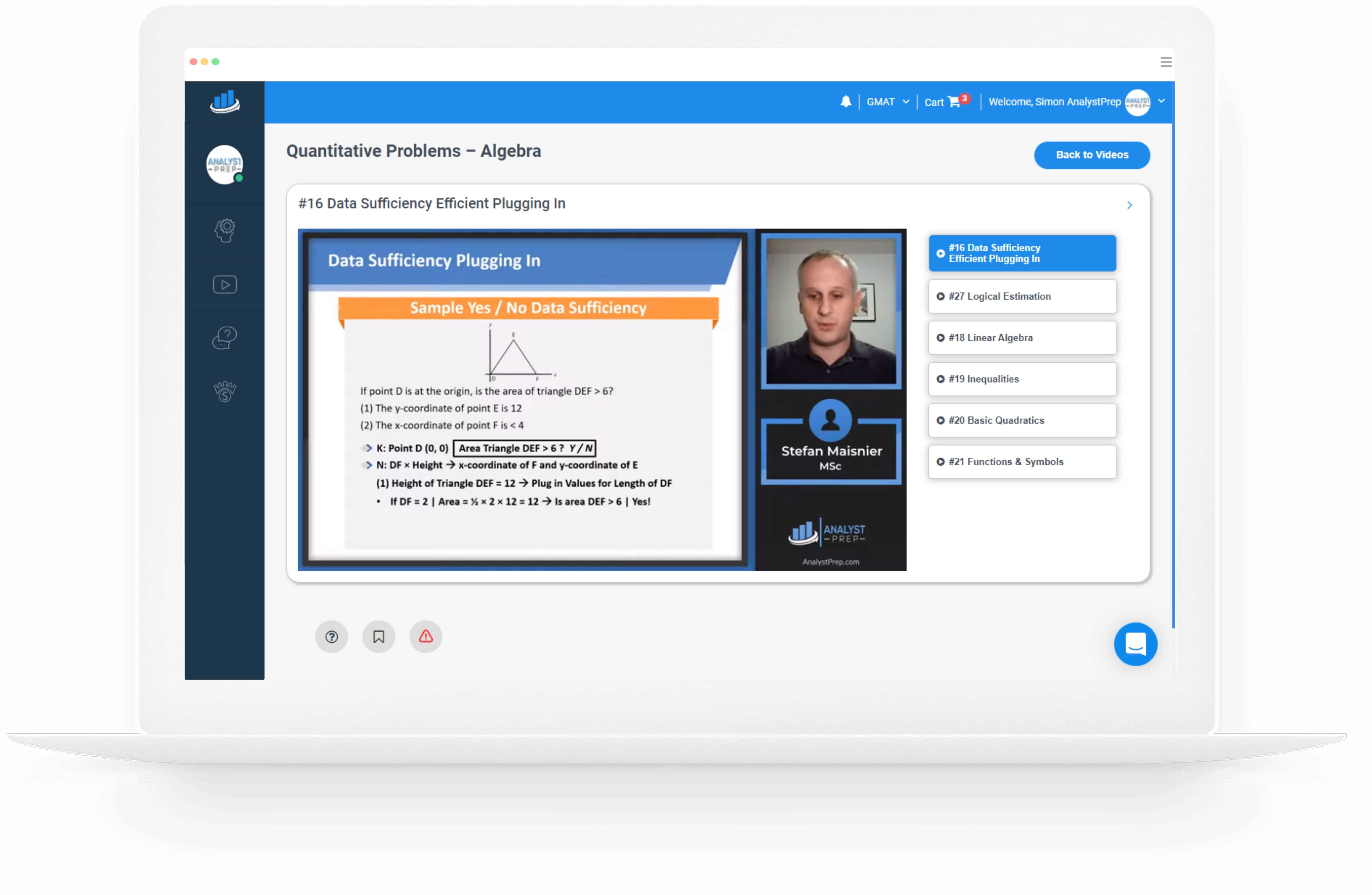Liability Based Strategies
Liabilities and Liability-Driven Investment (LDI) Strategy The liabilities are classified into four types: Type I, Type II, Type III, and Type IV. Each type has unique characteristics and implications. We will focus on Type IV liabilities Model Development for Type…
Immunization Principle
Interest Rate Immunization Principle The principle of interest rate immunization is a strategic approach used in managing multiple liabilities, especially applicable to Type I cash flows. In this context, Type I cash flows refer to those with known scheduled amounts…
Liability-Driven Investing
Liability-Driven Investing and Interest Rate Immunization Liability-driven investing is a strategy primarily used to manage the interest rate risk on multiple liabilities. However, for the purpose of understanding the techniques and risks of the classic investment strategy known as interest…
Long and Short Security
Long/Short, Long Extension, and Market-Neutral Portfolio Approaches These approaches are investment strategies that aim to increase returns and manage risk. They are based on research insights and involve both long and short positions in securities. This approach is based on…
Constructed Portfolio
Well-Constructed Portfolio A well-constructed portfolio is a strategic assembly of investments designed to meet the risk and return expectations of investors. It doesn’t guarantee an excess return over the benchmark, particularly in the short term. However, it is structured to…
Investment Product
Investment Product Costs and Performance Performance of an investment product can be significantly influenced by various costs. For instance, two investment strategies with the same approach can have different costs based on the manager’s implementation approach. The difference can be…
Portfolio Construction
Risk Constraints in Portfolio Construction In the process of portfolio construction, risk constraints play a pivotal role. These constraints can be either formal or heuristic. Heuristic constraints are controls that are imposed on the permissible portfolio composition through an exogenous…
Absolute and Relative Risk
Absolute and Relative Risk in Portfolio Management The process of determining absolute and relative risk in portfolio management is primarily influenced by two components: the position sizing of assets or factors (whether absolute or relative), and the covariance of these…
Risk Targets
Understanding risk targets and their implications is crucial in portfolio management. Different mandates have varying risk targets, and establishing the appropriate level of risk is a subjective exercise. This document delves into the different risk targets for various mandates, the…
Risk Budgeting
Risk Budgeting Risk budgeting is a strategic process in portfolio management where the total risk appetite of the portfolio is distributed among the various components of portfolio choice. This process is crucial in optimizing the portfolio’s exposures relative to the…




